Why Electronic Products is going to Thailand
Magazine to tour facilities affected by last year’s floods
On any other occasion, an opportunity to travel to Thailand to tour the facilities of some of the world’s largest manufacturers of electronic parts and components would seem like an ordinary thing to do for the writer of a tech magazine (ordinary for the task, extraordinary for the opportunity, of course).
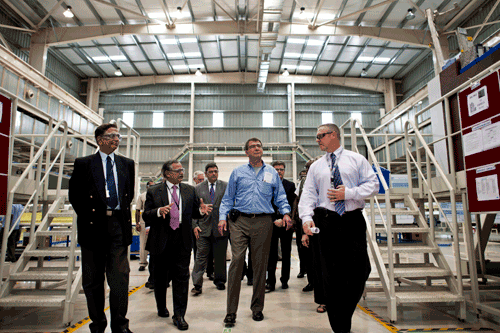
Electronic Products will be heading to Thailand next week to tour the country’s various electronic components and parts facilities. (Via: defense.gov)
What makes this trip particularly unique is its timing: I will be heading there not too long after the devastating floods of last year’s monsoon season.
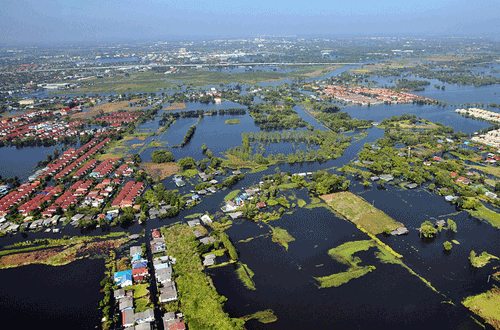
Flooding began in July 2011, spreading through the various provinces of Northern, Northeastern, and Central Thailand. (Via: flickr.com)

By October, the waters had begun to take over parts of the country’s capital city of Bangkok. (Via: bangkoklife.info)
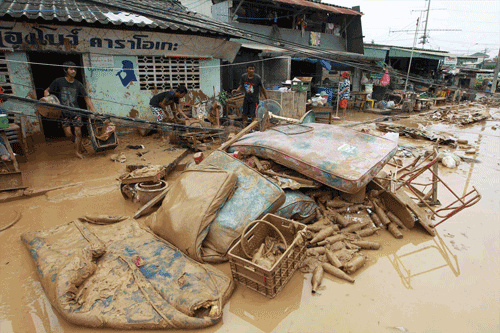
While most of the flooding was under control by December, there were reports of some areas still feeling the residual effects of the disaster as late as January 2012.(Via: a1social.com)
Thailand’s floods lasted for six months and had a devastating impact on the country of 67 million people as a whole: 815 deaths (3 missing) and 13.6 million people affected by the uncontrollable waters. 65 of Thailand’s 77 provinces were declared flood disaster zones during this time.
The World Bank estimated that the entire event would result in $45.7bn in economic damages and losses (December 2011). Based on this number, Thailand’s floods rank as the world’s fourth costliest disaster, surpassed only by the 2011 earthquake and tsunami in Japan, the Kobe earthquake of 1995, and 2005’s Hurricane Katrina.
Impact on the local tech industry
A large chunk of the World Bank’s estimate can be attributed to how much the flooding affected Thailand’s manufacturing industry; in particular, its technology sector. Companies saw buildings and equipment laid to waste when they were submerged under 10 feet of murky, bacteria-infested water.
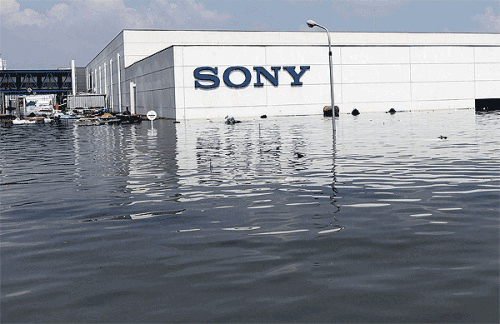
Several areas had to deal with the remnants of last year’s floods for a long time after the floods had receded. (Via: coastcontact.wordpress.com)
Due to the unique circumstances of this disaster — that is, how long it lasted coupled with how widespread the flooding actually was — a majority of the world’s hard-disk drives were not produced for a good portion of the year (Thailand is the world’s second-largest HDD manufacturer). Forecasts indicate that things will not return to normal for HDD manufacturers until early next year.
It’s not all bad news
While things are still a bit hazy for the HDD market, there is some good news to report: According to a recent IDC report (IT analysis corporation), Thailand’s PC market has bounced back much better than what was originally forecasted: In the first quarter of 2012, the country showed a sequential growth of 47% and 10% year-on-year.
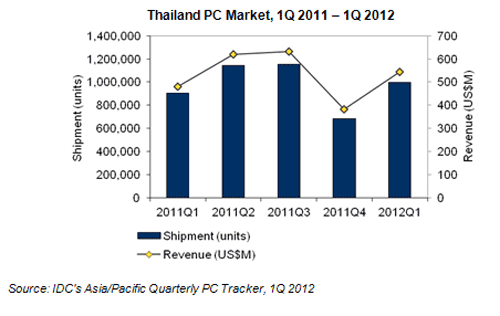
Thailand’s PC market has bounced back following last year’s floods. (Via: IDC.com)
IDC went on in their report (released this past month) to state that Thailand’s PC market is expected to actually grow by 13.5% this year, with higher PC adoption forecasted for all vertical segments.
So what will Electronic Products be doing there?
Next week, I will be heading to Thailand for a week-long tour of some of the country’s biggest electronic parts and components manufacturing facilities, including some that were directly affected by last year’s floods.
Among the companies I’m scheduled to visit:
National Electronics and Computer Technology Center (NECTEC) : Report on company’s research and development activities.
Western Digital : Tour facility which had to be shut down due to flooding, but is now back up and running.
Fabrinet : Report on production process for company’s complex optical and electro-mechanical components and modules for the telecom, medical, and automotive markets.
Maxim Integrated Products : Tour facility and learn about the manufacturing process behind the company’s highly-integrated, analog, and mix-signal semiconductors.
Celestica : Tour the company’s facility, the largest in Asia.
A lot of the reporting will be done on the fly, so make sure to check back often for updates on interesting and important information about our friends in the Far East and how they’re doing with their recovery efforts. ■
Advertisement
Learn more about Electronic Products Magazine





